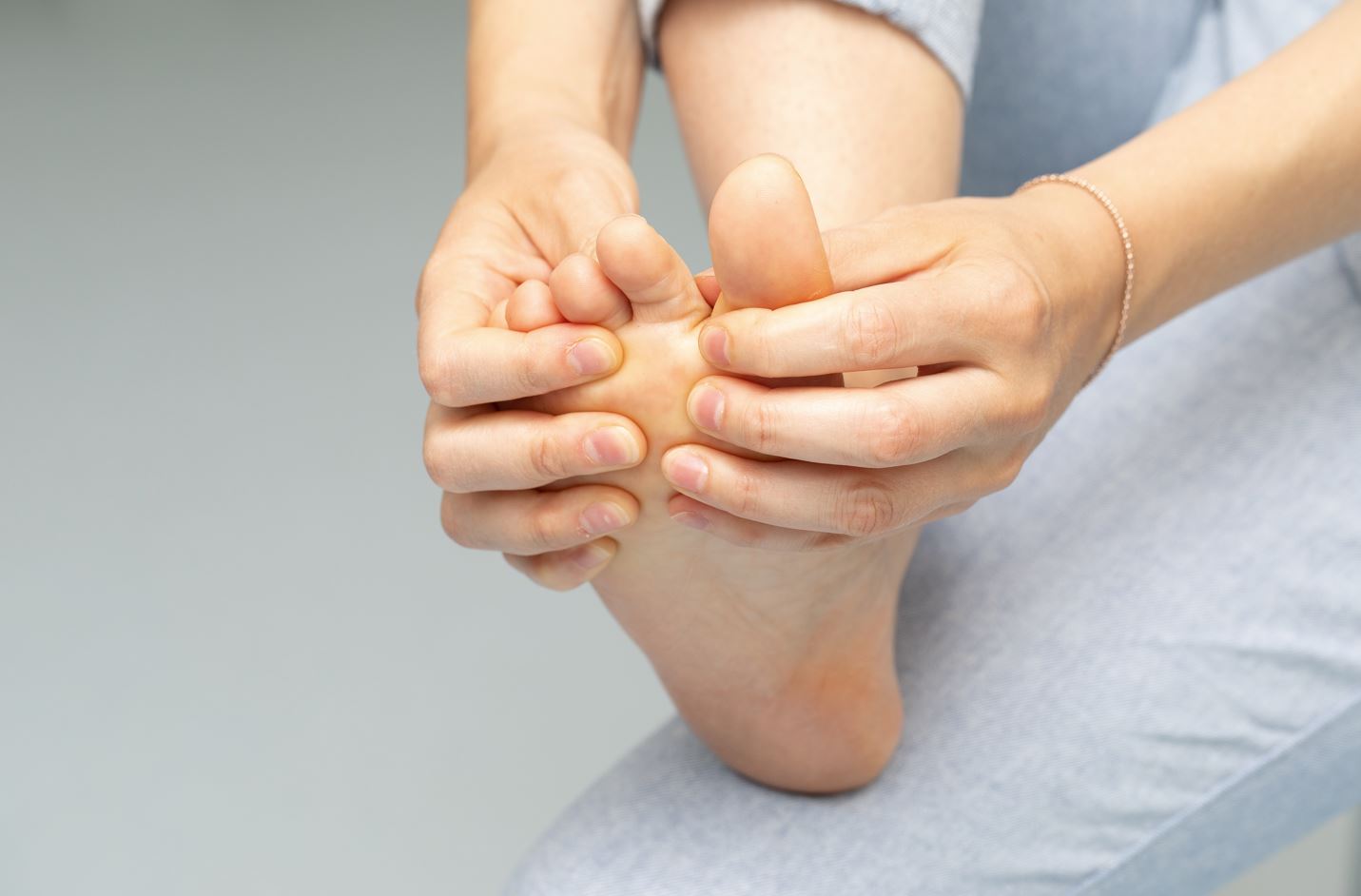
Three foot conditions related to toe injuries
Turf Toe – Causes and Treatments
The first condition on our list for this article is turf toe. With a name like that you might think it would manifest as grassy green protrusion on the foot, when in fact it is a sprain of the ligaments around the big toe joint. This condition happens when the toe is bent upwards forcibly beyond its normal range. Doctors call this injury “turf toe” as it is often associated with athletes who play on artificial turf. It can happen in other sports and activities as well.
When turf toe results from a repetitive use injury symptoms develop gradually and tend to worsen over time. When caught early turf toe is successfully treated without surgery and typically heals without complication. A wide range of mild to moderate, but persistent symptoms including pain and joint stiffness are the most common complaints. When sudden injury is involved, it can be accompanied by a forceful movement accompanied by a ‘popping’ sensation and the symptoms tend to worsen over 24 hours.
The first course of treatment includes rest, ice, compression, and elevation and allowing the injury time to heal. The doctor may tape or strap the injured toe to the toe next to it to immobilize it and to prevent additional stress on the injury. The foot may also be immobilized in a cast or special walking boot. In severe cases, an orthopedic surgeon may suggest a surgical intervention. Recovery can take up to three weeks for the pain to subside and some patients require physical therapy to recover range of motion, and to improve strength and condition of the injured toe. Potential long-term complications include lack of push-off strength, stiffness, bunion development, and a constant upward tilt of the big toe.
Claw Toe – Causes and Treatments
Our next condition is called claw toe which is often the result of nerve damage. This condition is often associated with a high arched (cavus) foot type, muscle imbalances or may stem from a neurological condition. Ulcers are also a symptom and can develop in patients with diabetes due to decreased foot sensitivity.
Claw toe occurs when the last two joints of the toe are bent downward like an inflexible claw. Sometimes mistaken for hammertoes and mallet toes, claw toes can be hereditary, caused by ill-fitting shoes, muscle imbalances or a symptom of a neurological disease. This condition can be very painful making it difficult to walk and run. Claw toe gets worse without treatment and may become a permanent deformity over time.
Claw toe deformities develop gradually with symptoms causing the toe to become completely rigid the longer it is left untreated. When caught early claw toe can be treated with a splint or tape to hold the toes in correct position. Addition treatments include wearing roomy shoes, stretching exercises and special orthotics. For more extreme or painful cases that do not respond to conservative treatment, surgery may be recommended as an option.
Hammertoe – Causes and Treatments
And finally – hammertoe. A hammer toe is a deformity of the second, third or fourth toes. In this condition, the toe is bent at the middle joint and eventually the toe gets stuck in a stiff, claw-like position. Initially, hammer toes are flexible and can be corrected with simple measures like physical therapy, stretching, etc., but, if left untreated, they can become fixed and require surgery.
Due to the position of a hammer toe, corns, blisters or calluses can become a problem forming on top of the toe or on the bottom of the foot. This can make walking and wearing shoes quite painful. Pain can spread to the joint where the big toe joins the foot.
People who naturally have long bones in their toes are more likely to develop hammer toe and children who wear ill-fitting shoes can also develop this condition. Wearing very narrow shoes or high-heeled shoes increases the risk of developing hammertoe. Sometimes, pressure from an existing bunion can cause hammer toe and rheumatoid arthritis is another risk factor.
As with claw toe, taping or splinting may be helpful, as is wearing proper fitting shoes. Physical therapy to include stretching and flexing may also be recommended. When pain in present ice packs and nonsteroidal anti-inflammatory medications can be helpful.
When Surgery is Recommended
Both hammertoe and claw toe can be treated surgically and in severe cases reconstruction and realignment will help put the toe back into proper position. In some patients, the entire toe joint can be replaced. A tendon release procedure may also be considered.
Article source: AAOS OrthoInfo
SRO’s Foot and Ankle Program is your first choice treatment program, caring for the foot and ankle no matter how common or complex. We provide a comprehensive array of treatment alternatives covering nonsurgical as well as surgical methods to overcome a patient’s pain and lost function. Take that first step towards better foot and ankle health and give us a call today.

